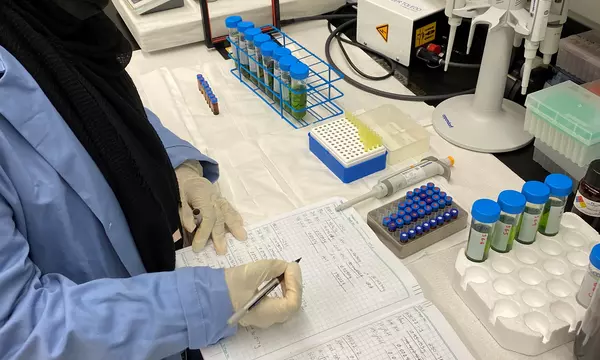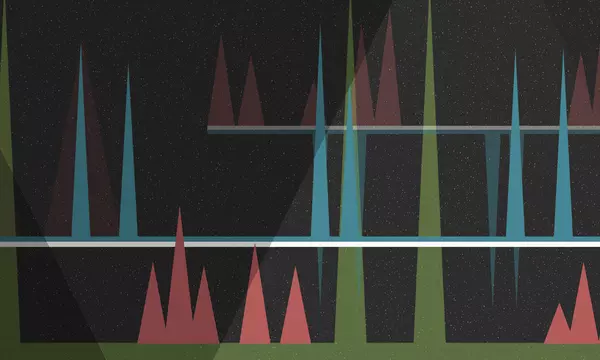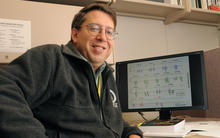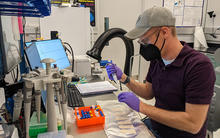FORENSIC SCIENCE PROGRAM
RESEARCH
Accelerating the development of science-based measurement methods, standards, tools, and assessments to underpin reliable, accurate, interoperable, and validated forensic analysis.
FOUNDATION STUDIES
Strengthening the scientific foundations of forensic methods and practices by documenting the empirical evidence that supports and underpins their reliability; evaluating their capabilities and limitations; and identifying knowledge gaps and areas for future research.
STANDARDS
Strengthening the nation's use of forensic science by facilitating the development of technically sound standards and guidelines and encouraging their adoption and use throughout the forensic science community.
News and Updates
BLOGS
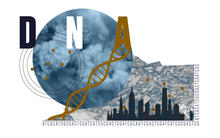
Reflections on Assisting With the 9/11 World Trade Center DNA Identifications
September 1, 2021
Due to the fragmentation of bodies that occurs with high-velocity plane crashes and building collapses, DNA became a primary means of identifying many of the remains recovered from 9/11.
DNA Mixture Interpretations: A Q&A With NIST’s John Butler
JULY 28, 2021
Whether from skin cells, saliva, semen or blood, DNA from a crime scene is often collected and tested in a lab to see if a suspect’s DNA is likely a contributor to that sample or not.
Improving Forensic Chemistry: A Q&A With NIST's Ed Sisco
APRIL 28, 2021
… Tell us about your career path thus far. How did you get involved in forensic science? When trying to decide what to study in college, the only two majors that stuck out to me were forensic science and landscaping architecture. I decided to pursue …
Contacts
Forensic Science Research PROGRAM MANAGER
-
(301) 975-4772
Forensic Science Foundation Studies PROGRAM MANAGER
-
(301) 975-4049
Forensic Science Standards PROGRAM MANAGER
-
(301) 975-2782


